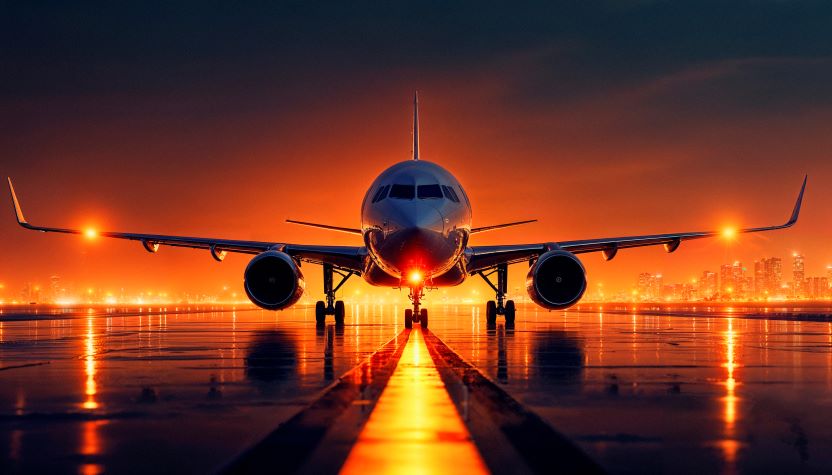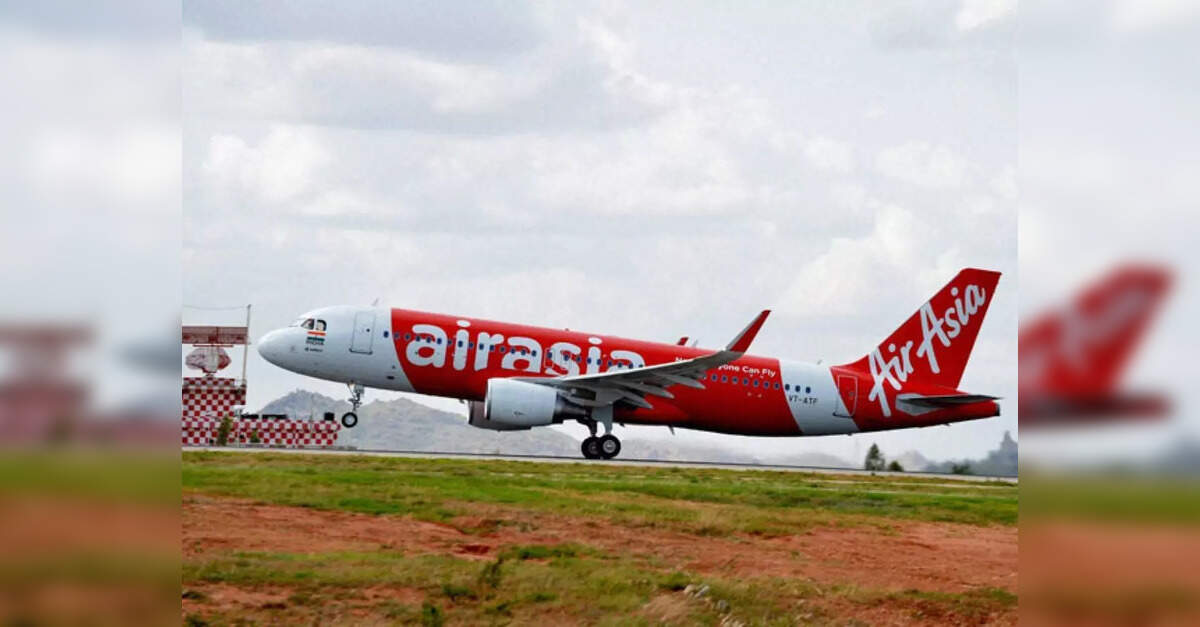Air Japan, AirAsia, Singapore, Emirates, Cathay Pacific, Saudia, United and More Airlines Cancelled Over 700 Flights in Asia Amid New Bad Weather - Travel And Tour World
Sunday, July 20, 2025

Bad weather, including severe storms, heavy rainfall, and poor visibility, has led to widespread disruptions in air travel across Asia. As a result, Air Japan, AirAsia, Singapore Airlines, Emirates, Cathay Pacific, Saudia, United, and several other airlines were forced to cancel over 700 flights. The extreme weather conditions, which impacted major airports across the region, led to delays in both domestic and international travel, stranding thousands of passengers. Airlines struggled to manage the cascading effects of weather-induced cancellations, while passengers faced uncertainty as they navigated long queues, rescheduling, and rerouting options. This situation highlights the vulnerabilities in the region’s aviation infrastructure, especially during peak travel periods.
A rare and intense combination of weather disturbances, air traffic congestion, and operational inefficiencies led to a collapse in air travel at 12 of Asia’s busiest airports. The disruptions resulted in thousands of passengers being stranded, airlines scrambling to reschedule flights, and ground operations overwhelmed.
Both domestic and international flight services were severely impacted as adverse weather and airport congestion resulted in long queues, delayed services, and cancelled departures. Airlines were forced to reroute flights and ground aircraft, amplifying the chaos across major hubs.
Leading global airlines were severely impacted, with operations delayed or cancelled at almost all major hubs. Notable carriers such as , , , , , and faced massive disruptions.
| Airline | Estimated Delays | Estimated Cancellations |
|---|---|---|
| Air China | 130+ | 0 |
| Japan Airlines | Limited | Minor |
| Singapore Airlines | 30+ | Several |
| Emirates | 10+ | 2+ |
| Cathay Pacific | 15+ | 1–2 |
| AirAsia | 12+ | A few |
| United Airlines | 10+ | 1–2 |
| China Eastern | 400+ | 60+ |
| Korean Air | 5+ | 2 |
| Juneyao Airlines | 30+ | 6–8 |
| West Air | 10+ | 4–6 |
| Etihad Airways | Few | Few |
Passengers at major airports took to social media to vent their frustrations, posting pictures of chaotic terminals, endless queues, and confusing rescheduling instructions. Many passengers reported a lack of communication from airlines and airport staff, leaving them confused and stranded. In and , passengers described the situation as a “total collapse,” with one traveler reporting being held on the aircraft for hours due to a lack of available gates.
While weather played a significant role in the disruptions, experts have pointed to deeper infrastructural and operational issues:
With Chinese airports operating at or near maximum capacity during peak seasons, even small disruptions can quickly escalate into widespread chaos.
In an effort to manage the fallout, airlines scrambled to issue travel advisories, waive rebooking fees, and deploy additional staff to assist affected passengers. and relied on their regional partners to accommodate stranded passengers, while offered full refunds and rebooking for flights affected by cancellations.
This major disruption has highlighted the vulnerabilities of Asia’s rapidly expanding aviation sector. To address these challenges, investments will be needed in , , and . In the face of increasing passenger demand, these issues will need to be addressed to ensure smoother operations in the future.
What Travelers Should Do Next
For passengers flying through affected airports in the coming days, it is crucial to:
- through airline apps and websites.
- than usual at airports due to longer check-in times and security procedures.
- with travel plans, especially for domestic connections.
- Stay updated on weather advisories for impacted airports in southern and coastal cities.
Severe weather conditions, including storms and heavy rainfall, led to over 700 flight cancellations across Asia, affecting major airlines like Air Japan, AirAsia, Singapore Airlines, Emirates, Cathay Pacific, Saudia, and United. The disruptions caused widespread delays and stranded passengers at key airports throughout the region.
Despite ongoing recovery efforts by airlines, the weather-induced chaos at Asia’s major airports has underscored the need for infrastructure upgrades and smarter operational strategies to handle such disruptions in the future. Travelers should remain vigilant, as delays may persist in the coming days.
You may also like...
Diddy's Legal Troubles & Racketeering Trial

Music mogul Sean 'Diddy' Combs was acquitted of sex trafficking and racketeering charges but convicted on transportation...
Thomas Partey Faces Rape & Sexual Assault Charges

Former Arsenal midfielder Thomas Partey has been formally charged with multiple counts of rape and sexual assault by UK ...
Nigeria Universities Changes Admission Policies

JAMB has clarified its admission policies, rectifying a student's status, reiterating the necessity of its Central Admis...
Ghana's Economic Reforms & Gold Sector Initiatives

Ghana is undertaking a comprehensive economic overhaul with President John Dramani Mahama's 24-Hour Economy and Accelera...
WAFCON 2024 African Women's Football Tournament

The 2024 Women's Africa Cup of Nations opened with thrilling matches, seeing Nigeria's Super Falcons secure a dominant 3...
Emergence & Dynamics of Nigeria's ADC Coalition

A new opposition coalition, led by the African Democratic Congress (ADC), is emerging to challenge President Bola Ahmed ...
Demise of Olubadan of Ibadanland
Oba Owolabi Olakulehin, the 43rd Olubadan of Ibadanland, has died at 90, concluding a life of distinguished service in t...
Death of Nigerian Goalkeeping Legend Peter Rufai

Nigerian football mourns the death of legendary Super Eagles goalkeeper Peter Rufai, who passed away at 61. Known as 'Do...



